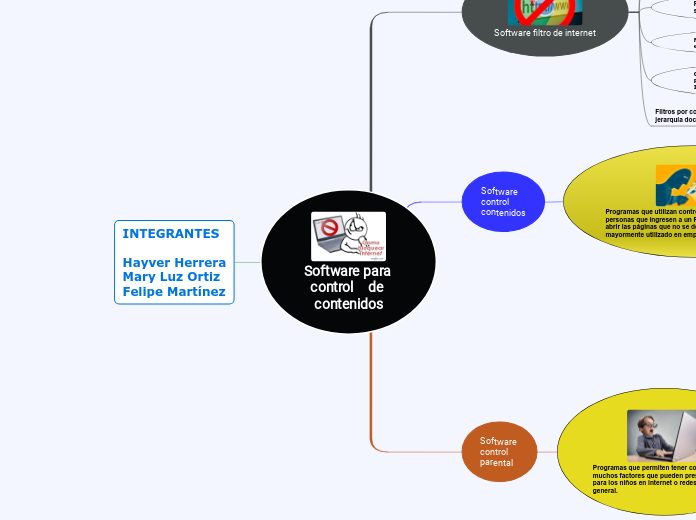door Felipe Martínez 4 jaren geleden
522
Software para control de contenidos

door Felipe Martínez 4 jaren geleden
522

Meer zoals dit
The Solar System is the gravitationally bound system of the Sun and the objects that orbit it, either directly or indirectly. Of the objects that orbit the Sun directly, the largest are the eight planets, with the remainder being smaller objects, the dwarf planets, and small Solar System bodies.
Jupiter is a giant gas world that is the most massive planet in our solar system.
Its swirling clouds are colorful due to different types of trace gases.
And a major feature in its swirling clouds is the Great Red Spot, a giant storm more than 10,000 miles wide. It has raged at more than 400 mph for the last 150 years, at least.
Jupiter has a strong magnetic field, and with 75 moons, it looks a bit like a miniature solar system.
Jupiter has a strong magnetic field, and with 75 moons, it looks a bit like a miniature solar system.
Name the 4 most known moons.
Filtro contenido páginas web pop ups
Monitoreo búsqueda de contenido
Bloqueo ejecución aplicaciones
Filtro contenido inapropiado
Bloqueo uso de aplicaciones
Monitoreo redes sociales
Control porcentaje batería si lo instalas en el celular de tu hijo
Control ubicación tiempo real si lo instalas en el celular
Control envío y llegada de mensajes
Control contenido inapropiado
Neptune is about the size of Uranus and is known for supersonic strong winds.
Neptune is far out and cold.
The planet is more than 30 times as far from the sun as Earth.
Neptune was the first planet predicted to exist by using math, before it was visually detected. Neptune is about 17 times as massive as Earth and has a rocky core.
How long does it take for Neptune to go around the sun?
Seguridad cibernética. Previene que los empleados y clientes accedan a contenidos fishing.
Asegura descargas y navegación web
Monitorea y controla actividad web para optimizar tiempos laborales
Mercury is the smallest, only a little bit larger than Earth's moon. Mercury has no moon.
It experiences dramatic changes in its day and night temperatures: Day temperatures can reach a scorching 840 F (450 C), which is hot enough to melt lead. Meanwhile, on the night side, temperatures drop to minus 290 F (minus 180 C).
It also has a very thin atmosphere of oxygen, sodium, hydrogen, helium, and potassium and can't break-up incoming meteors, so its surface is pockmarked with craters, just like the moon.
How long does it take for Mercury to go around the sun?
A planet's day is the time it takes the planet to rotate or spin once on its axis.
Write down Mercury's day measured in Earth days.
Our Solar System has eight “official” planets which orbit the Sun.
Each planet is at a different distance from the sun. Name its position.